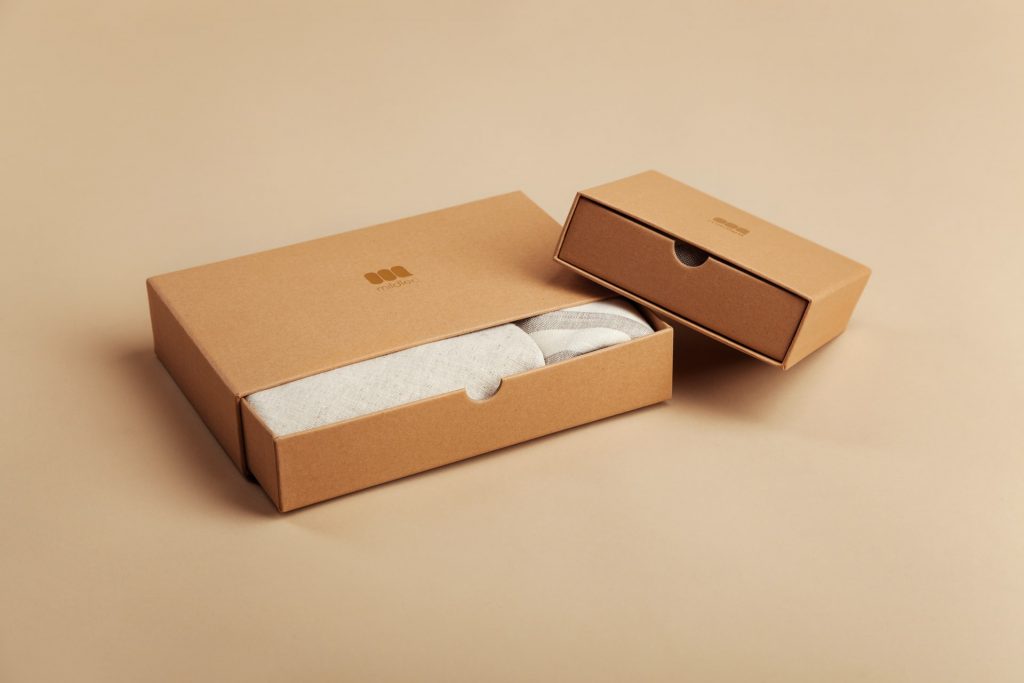Packaging is an important aspect of product marketing. It is the first thing that consumers see when they are considering a purchase, and it can make or break a sale. Good packaging design grabs the consumer’s attention and makes them want to learn more about the product.
Packaging must be attractive and eye-catching, but it also must be informative. Consumers want to know what they are buying, and good packaging will tell them all the basics: brand name, product name, ingredients, weight/volume/size, etc. Including photographs or drawings of the product can also help consumers understand what they need to know before purchasing.
Good packaging must be designed with convenience in mind. It should be easy to open and store, and it should protect the product from damage. If the packaging is difficult to open or too large to fit in a standard storage container, the consumer may be less likely to buy the product.
Elements of Product Packaging
There are a few basic elements that all good product packaging must-have. These include:
-A clear label or logo that identifies the brand name
-Information about the product, including the name, ingredients, weight/volume/size, etc.
-Images of the product
-Instructions for use (if necessary)
-Contact information for the company
-A seal of approval, such as a proof of authenticity or nutritional information (if necessary)
Purchasing Decisions
When consumers are shopping, the packaging is one of the main things that they notice. If a product’s packaging is attractive and informative, the consumer will be more likely to pick it up and consider buying it. If the packaging is unattractive or uninteresting, they will move on to another product.
Benefits of Product Packaging
When a product’s packaging is attractive and eye-catching, it can increase sales. Attractive packaging tends to grab the consumer’s attention, which will make them more likely to pick up the product. If they are interested enough in the product to want to open it, they may begin reading the components of the package or looking at images of the product. This can help them decide whether or not to purchase the product.
Product packaging can also increase customer satisfaction with a purchase. If the packaging is easy to open and informative, the consumer will be more likely to be pleased with the purchase. If they are not happy with the purchase, it is often because of difficulties opening the packaging or a lack of information that would have helped them make a decision.
Perfecting Packaging Design
There are many ways to perfect product packaging design. Making the package attractive is important, but it should also be designed to draw attention and compel the consumer to read the label. If the label is informative but does not capture interest, customers may disregard it. The package should also be easy to open and store, and it should protect the product from damage.
Types of Packaging
There are a few different types of packaging that are commonly used in product marketing:
- Boxes
- Cans
- Bottles
- Bags
Each type of packaging has its own advantages and disadvantages. For example, boxes are good for protecting products from damage, but they can be difficult to open. Cans are easy to open, but they can be bulky and take up more storage space.
Bottles are easy to carry around, but they can be easily damaged or broken. To avoid this, some companies use recyclable plastic bottles for their products. Bags (such as potato chip bags) are easy to carry around, but the consumer has to carry an extra container when storing leftovers.
Eco-Friendly Packaging
Another important trend in the world of product packaging is eco-friendly packaging. Sustainable efforts to reduce waste and lower energy consumption are becoming more popular among consumers, so many companies are switching to recyclable or degradable packaging materials.
There are a number of certifications that can be used to indicate an eco-friendly product. Look for labels like “100% recycled packaging” or “recyclable.”
Designing the Package

When designing a product’s packaging, it is important to keep the target audience in mind. Young people, for example, may be more likely to respond to loud and colorful designs, while older consumers may prefer more subtle designs. It is also important to consider the cultural context of the product. For example, a product that will be marketed in the United States should use English-language packaging, while a product that will be marketed in China should use Chinese-language packaging.
The most important thing is to make sure that the packaging accurately represents the product inside. If the design is too flashy or too plain, it can be off-putting to potential customers. It is also important to make sure that the packaging is easy to understand.
Packaging is the first thing that consumers see when deciding whether or not to purchase a product. It can make or break a sale, and a good packaging design will attract the consumer’s attention and make them want to learn more about your product.
Packaging can be a powerful marketing tool, so it is important to make sure that it is effective and appealing to consumers. By following these tips, you can create packaging that will help your business increase sales and boost customer satisfaction.

